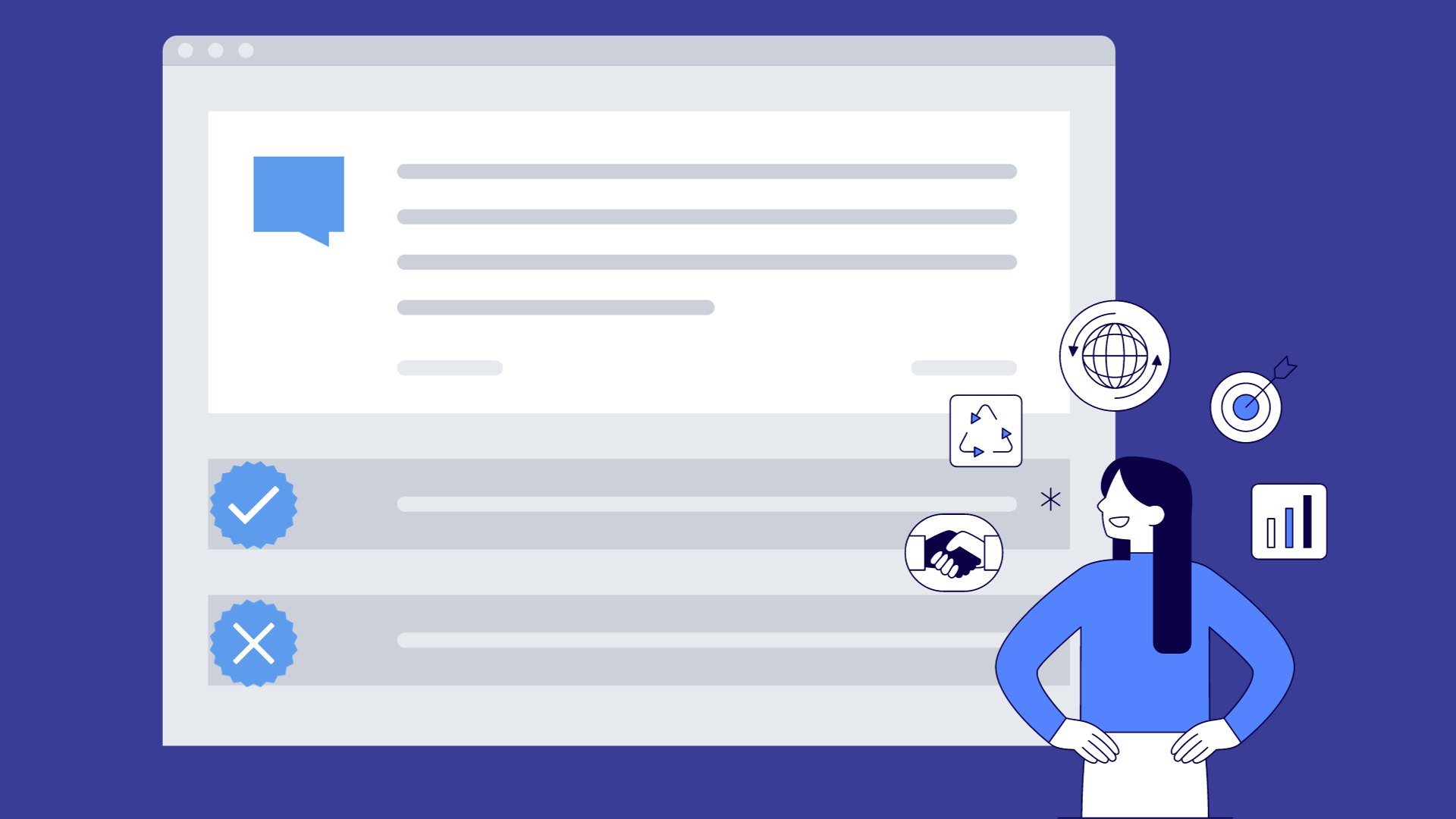How does Reinforcement Learning from Human Feedback work?
 tagx
tagx
In the dynamic realm of artificial intelligence, the integration of Reinforcement Learning from Human Feedback (RLHF) has emerged as a crucial strategy to enhance machine learning algorithms. RLHF introduces a human-in-the-loop element to conventional reinforcement learning methods, making AI frameworks more adaptable and responsive.
Unlike traditional reinforcement learning, which excels in specific domains but struggles in nuanced problem-solving scenarios, RLHF addresses the complexity of optimizing responses from Large Language Models (LLMs). In situations where defining a single reward function is challenging, RLHF leverages human feedback to guide the learning process, ensuring more context-specific and accurate AI outputs.
The basics of reinforcement learning from Human Feedback
Understanding RLHF requires a grasp of the fundamentals of reinforcement learning (RL), a subset of AI focused on training agents through trial and error to make intelligent decisions. RLHF, or Reinforcement Learning from Human Feedback, involves teaching an AI model to comprehend human values and preferences.
Imagine two language models: a base model trained on vast text datasets for predicting the next word and a preference model assigning scores to responses from the base model. The goal is to use the preference model to refine the base model iteratively, introducing a "human preference bias" into its behavior.
The process starts by creating a dataset reflecting human preferences. Various methods, like rating model outputs or providing critiques, generate different reward models for fine-tuning. RLHF's core revolves around training these reward models, with scalability considerations leading most companies to opt for strategies involving human annotators.
Once the reward model is ready, it fine-tunes the base model through Reinforcement Learning, where the model learns to choose actions (responses) maximizing a score (reward). This iterative fine-tuning process aligns the base model with human preferences, making it more contextually accurate.
How Does Reinforcement Learning From Human Feedback (RLHF) Work?
Let's delve deeper into each step of the RLHF (Reinforcement Learning from Human Feedback) process:
1. Pre-Training:
Objective: The primary goal of pre-training is to expose the model to a vast amount of data, allowing it to learn general patterns and nuances. This phase equips the model with a foundational understanding of various tasks.
Example: When creating a chatbot using GPT-3, the model is pre-trained on an extensive text corpus, enhancing its ability to comprehend and generate human-like language responses.
Considerations: Factors like resource capacity, task requirements, and data volume influence the choice of the initial model for pre-training.
2. Human Training:
Objective: This stage involves developing a reward model that comprehends human preferences. Human annotators rank different model-generated outputs based on predefined criteria, establishing a ranking system to guide subsequent fine-tuning.
Implementation: Human annotators play a pivotal role in assessing model outputs. For instance, they may rank text sequences based on factors like toxicity, harmfulness, or appropriateness.
Tool Assistance: RLHF platforms can automate the computation of numerical scores, simplifying the process of creating a reward model.
3. Fine-tuning with Reinforcement Learning:
Objective: Fine-tuning aims to adjust the initial model's parameters to align with human preferences. It involves using a suitable RL (Reinforcement Learning) algorithm to update the model's policy based on reward scores.
Implementation: The frozen model, also known as the policy, generates an output. The reward model processes this output, assigning a score that reflects its desirability. An RL algorithm then uses this score to update the policy parameters.
Workflow: The iterative process of generating outputs, scoring them based on human feedback, and updating the model parameters continues until the model's predictions consistently align with human preferences.
RLHF integrates human feedback into the machine learning training process, ensuring the model not only learns from data but also refines its predictions based on human values. This comprehensive approach enhances the model's performance and adaptability in generating contextually relevant and desirable outcomes.
The Benefits of RLHF
RLHF stands out as a potent and indispensable technique, laying the foundation for the capabilities of next-generation AI tools. Here are the key advantages of RLHF:
1. Augmented Performance:
Human feedback plays a pivotal role in enhancing the capabilities of Language Models (LLMs) such as ChatGPT. This feedback is instrumental in enabling LLMs to "think" and communicate in a manner closer to human language. RLHF empowers machines to tackle intricate tasks, particularly in Natural Language Processing (NLP), where human values and preferences are integral.
2. Adaptability:
RLHF, by incorporating human feedback across diverse prompts, enables machines to perform a multitude of tasks and adapt to varying situations. This adaptability is crucial in expanding the scope of LLMs, bringing us closer to the realm of general-purpose AI capable of handling a broad spectrum of challenges.
3. Continuous Improvement:
The iterative nature of RLHF ensures a continuous improvement cycle for the system. As the learning function updates based on fresh human feedback, the system evolves over time, refining its responses and capabilities. This dynamic process contributes to the ongoing enhancement of the AI system.
4. Enhanced Safety:
RLHF not only guides the system on how to perform tasks effectively but also imparts knowledge on what actions to avoid. By receiving feedback that indicates undesirable outcomes, the system learns to prioritize safety and trustworthiness. This dual learning approach contributes to the creation of effective, secure, and reliable AI systems.
Conclusion
The power of human expertise in RLHF unlocks new possibilities for AI, transforming its capabilities in diverse applications. From accelerated training to enhanced safety and increased user satisfaction, RLHF paves the way for AI systems that are not only efficient but also ethical and adaptable. As AI and human collaboration continue to evolve, RLHF stands as a testament to the potential of combining the best of human insight and machine learning to shape a smarter, more responsible future.
If you are seeking to train your model with Reinforcement Learning with Human Feedback (RLHF), TagX offers comprehensive data solutions and invaluable human expertise to accelerate your AI development. With our team of skilled evaluators and trainers, TagX can provide high-quality human feedback that optimizes your system, enhances performance, and refines decision-making. By leveraging our expertise, you can propel your AI projects to new heights, achieving greater efficiency, accuracy, and user satisfaction. Contact us today to unlock the transformative power of RLHF and pave the way for smarter, more advanced AI solutions.
Subscribe to my newsletter
Read articles from tagx directly inside your inbox. Subscribe to the newsletter, and don't miss out.
Written by

